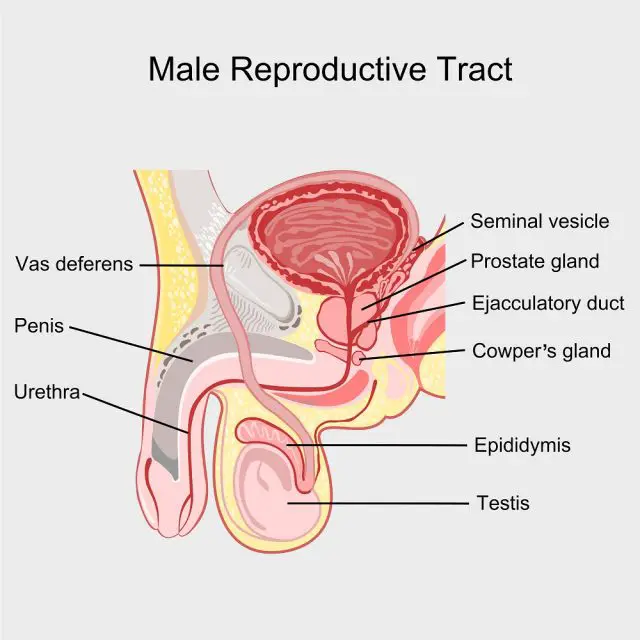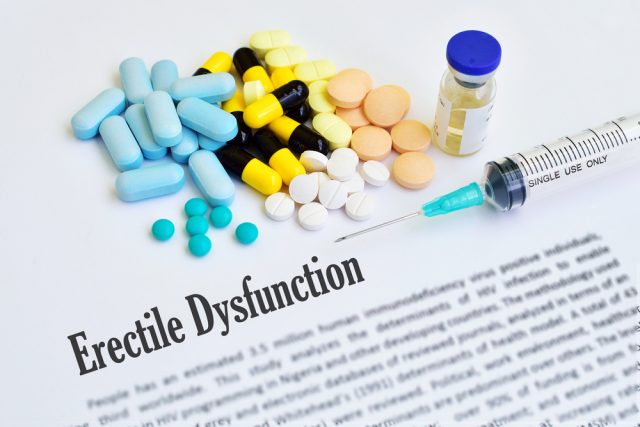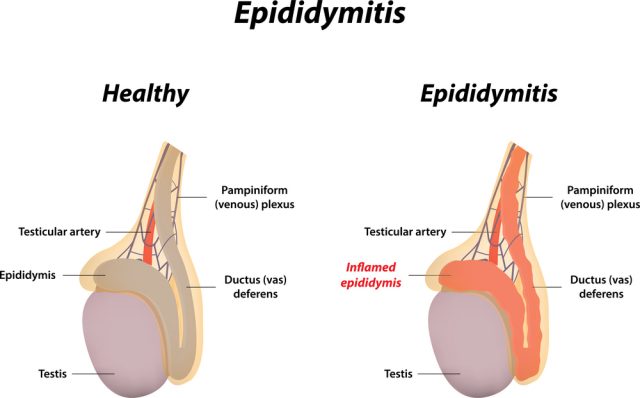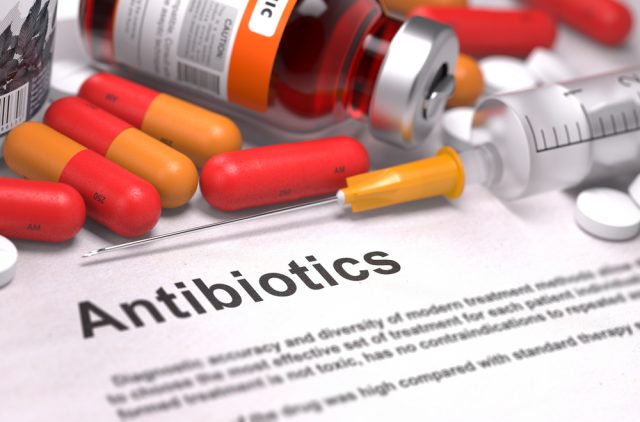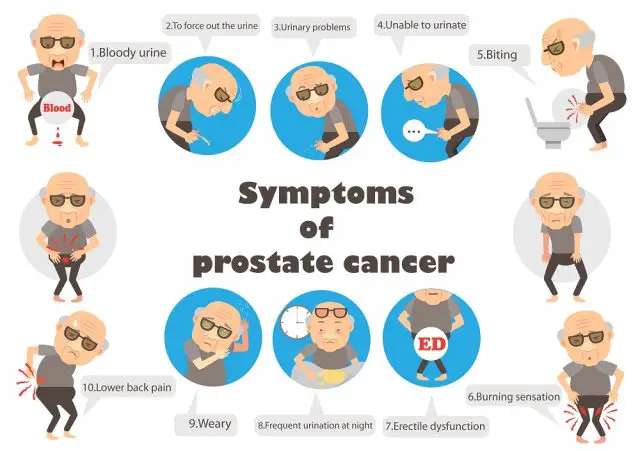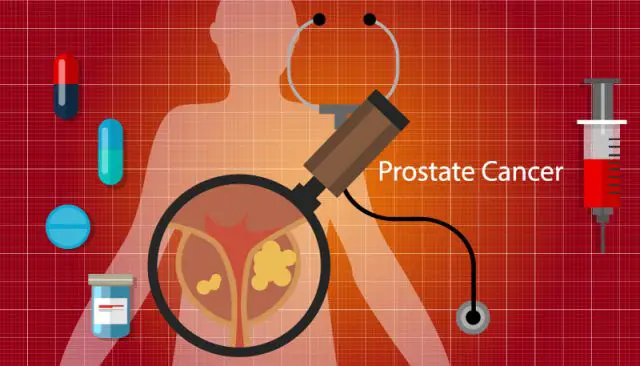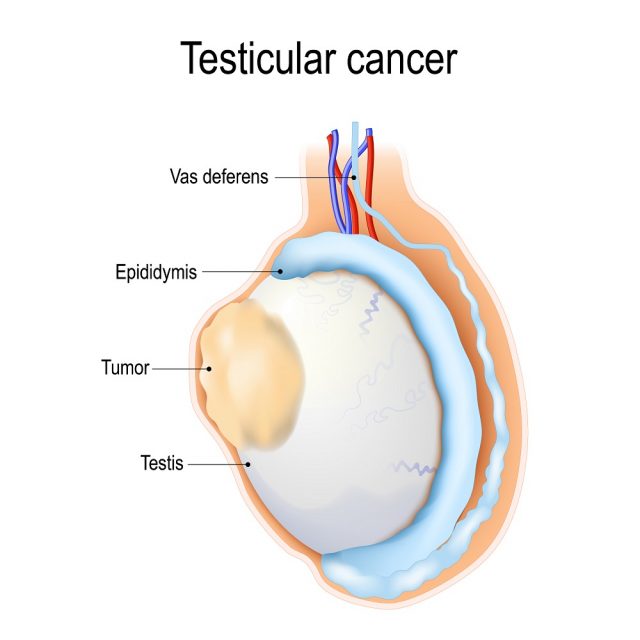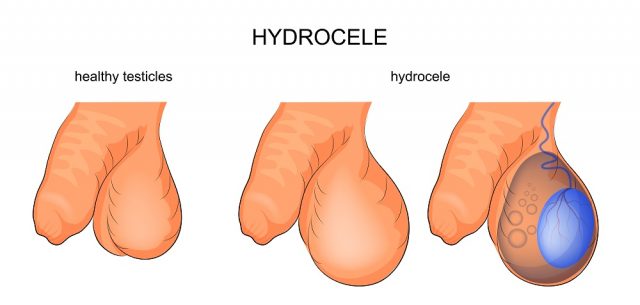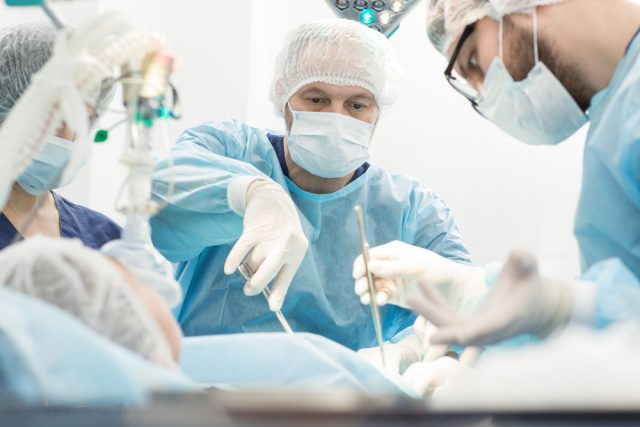Disorders of the Male Reproductive System
Man’s reproductive system performs so many functions including production of sex hormones, ensuring fertility and sexual well-being as well. The male reproductive organs are also named as genitals and unlike female reproductive system; they lie inside as well as outside pelvis. The male genitals include the penis, seminal vesicles, prostate gland, duct system made up of vas deferens and epididymis and the testicles. Each part has its own important role in the functioning of reproductive system. These sex organs work together to generate semen that further travels to the female reproductive system at the time of sexual intercourse.
Although it has several essential functions to perform, the male reproductive system also suffers potential disorders and diseases. If they are ignored so long; they can cause more trouble with serious consequences. It is important to stay aware about possible symptoms so that you can identify them on time and avail right treatment from doctors. Some of these disorders are listed below with possible causes and treatment options:
Erectile Dysfunction
Erectile Dysfunction (ED) is well known as a repeated and regular inability to maintain an erection at the time of sexual intercourse. This common health disorder affects around 40 % males all around the world. Erectile Dysfunction is a serious health condition that causes a lack of self-confidence due to poor bedroom performance. Many people face serious relationship issues due to this disorder. One should not ignore it so long because it can further lead to many other risk factors.
Causes of Erectile Dysfunction
When a person is suffering from ED, his penis becomes erect and stiff due to engorgement of blood with columns of spongy tissue within penis shaft. It hampers the normal flow of blood to the penis, and this potential disturbance in normal fill leads to unwanted stiffness. This condition may also lead to failure of normal control on sexual arousal as well as sexual arousal that further leads to an erection.
General causes of Erectile Dysfunction include both psychological and physiological conditions. The psychological causes are not so common, but they include mental disorders, performance anxiety, and stress. On the other side, physiological causes are a little bit serious as they include tobacco smoking, diseases like multiple sclerosis, diabetes, kidney failure, aging, excessive use of some therapeutic drugs and earlier treatments of prostate cancer. People who suffer from cardiovascular disease, obesity, and poor dietary habits are also on the high risk of ED. In case if you ignore symptoms of herna so long, it can also lead to Erectile Dysfunction at a later stage.
Possible Treatments for Erectile Dysfunction
Selection of appropriate treatment for ED completely depends upon causes behind it. For example, in case if you are facing ED due to excessive tobacco smoke, there are chances to avail good recovery with smoking cessation. Other beneficial advice is to lose weight by following a proper exercise routine. However, one of the highly recommended treatments for ED is prescription drugs that can enhance the flow of blood to the penis. Some health experts may also recommend topical creams that must be applied to penis area; you can also use a vacuum pump to draw blood to this area or start using some injection drugs into the penis. If all these options are not able to provide desired results, medical health experts may also recommend invasive treatments. The list may include implantation of rigid rods or inflatable tubes in the penis area.
Epididymitis
The inflammation of epididymis is another potential health issue of the male reproductive system. Note that epididymis is an essential paired organ in the scrotum that stores sperms and allows them to grow mature. Many young men report pain, discomfort and swelling in scrotum region as potential symptoms of Epididymitis. Stats reveal that almost half million people in the United States are suffering from Epididymitis on an annual basis and these males belong to the age group of 18 to 35.
Types and Causes of Epididymitis
There are two common types of Epididymitis; Acute and Chronic. The acute one generally shows the short-term impact on person whereas symptoms of the chronic disease may last for several years.
Acute Epididymitis:
This type of Epididymitis happens due to bacterial infection, and it has a rapid onset. This condition occurs when bacteria present in the Urethra travels back to reproductive structures through the urinary tract and reaches Epididymitis. This issue is common among sexually active males, and common symptoms of acute epididymitis include fever, warmth in scrotum, redness, and swelling. Some people also report urethral discharge.
Chronic Epididymitis:
This type of reproductive system problem lasts for more than 3 months, and the discomfort may increase if it is not treated on time. Patients often suffer lower back pain after a stressful activity such as long driving and heavy lifting.
Possible Treatments of Epididymitis
In case if bacterial infections are suspected during tests; they must be treated by using antibiotics. In case of the chronic disease condition, it is important to follow antibiotics course for at least 6 weeks. Other than this, doctors may also recommend anti-inflammatory drugs, painkillers, etc. to reduce inflammation and pain. Untreated Epididymitis can lead to the development of pus, and the infection may spread further to other sexual organs. Ignorance can also cause permanent damage to testis and epididymis.
Prostate Cancer
The prostate gland is situated at male pelvis; this organ provides a connection to urethra between bladder and penis. The major function of the prostate is secretion of zinc and many other substances to semen at the time of ejaculation. Several cases of prostate cancer have been reported by males in the United States, and some of them also lead to the death of the person. In most cases, prostate cancer does not show any noticeable symptom at first stage. However, some of the most common symptoms that occur at later stage affect prostate gland, urethra, and the urination process. A person may suffer urge of frequent urination, difficulty in releasing a steady stream of urine, painful urination and blood in urine.
Causes of Prostate Cancer:
Prostate cancer usually develops when the glandular cells in prostate mutate into some tumor cells. In case if this tumor gets undetected so long; it may further start destroying nearby structures like seminal vesicles. These tumor cells are also reported to travel from lymphatic system to other organs of the body through the bloodstream. This type of cancer usually affects lower urinary tract organs, rectum, lymph nodes, and bones.
Possible Treatments for Prostate Cancer:
The estimated age when a person actually gets diagnosed with prostate cancer is 70. It happens because prostate cancer takes much time for complete development and it does not pose any serious issue that may otherwise demand immediate treatment. In case if it is diagnosed in a younger patient, a possible treatment is the use of the surgical procedure to remove prostate or chemotherapy. Note that most treatments cause some side effects on human body, so it is better to consult your professionals in advance to make any prior decision.
Testicle Cancer
Another reproductive system cancer is named as testicle cancer, and it often affects young men. Note that tests are some paired reproductive organs present inside the scrotum that are responsible for secretion of testosterone and production of sperms. Stats reveal very low count of patients suffering from this type of cancer; however, it can affect people somewhere between the range of 20 to 39 years. The common signs of this form of cancer include swelling or lump in both or one testes; this lump can be painful or not. In case if it is painful, a person can suffer dull ache or sharp pain in the scrotum or lower abdomen. People suffering from testicle cancer have a feeling of heaviness in the scrotum. However, testicular cancer rarely spreads out of testes region, but if it does so, it can affect lung area leading to cough and shortness of breath.
Causes of Testicle Cancer:
In most cases, it is not possible to identify what is the major cause of testicle cancer. Some medical health experts reveal that testicle cancer occurs when the healthy cells inside testis develop some abnormalities. All the testicular cancers start from the germ cells, but the reasons that cause abnormal growth of these cells to form cancer are still unknown.
Possible Treatments for Testicular Cancer:
Some of the most commonly used treatments for testicular cancer include radiation therapy, surgery, and chemotherapy. Many times, professionals prefer to use surgery that leads to removal of the affected testis. In this case, another testis is capable enough to maintain production of hormones, fertility, and other essential male reproductive system functions. In the chemotherapy or radiation therapy, the basic idea is to kill the tumor cells that may otherwise spread outside the testis.
Hydrocele
This disorder generally affects the scrotum of a baby boy that is a thin sac holding his testicles. This condition arises due to excessive fluid development. Although, this disease is more common in newborn babies, from past few years the old boys and even adult men are also reporting symptoms of Hydrocele. The condition may sound little serious, but there is nothing to worry as it cannot hurt the baby. If one receives right consultation from doctors at an early stage; its symptoms can be removed. Some common symptoms of hydrocele are swelling in both or one of the testicles. It may or may not cause any pain, but one need to consult experts as soon as possible to avoid development of other issues like a hernia, tumor or infections.
Causes of Hydrocele:
This disease starts showing its impact right when the baby is born. It happens when the testicles grow within the belly region and then move downwards to scrotum via a short tunnel. The sac fluid generally flows between both testicles but when the sac or tunnel seals of before birth; the body of a baby absorbs this fluid inside, and this condition further leads to hydrocele. There are generally two types of Hydrocele diseases; one is noncommunicating hydrocele when sac normally closes without absorbing any fluid inside and other is communicating hydrocele that occurs when sac doesn’t seal, and scrotum starts swelling with time.
Possible Treatments for Hydrocele:
In most cases, hydrocele recovers itself without any treatment, but in case if it gets bigger, it is good to consult medical health professionals for possible treatment. In order to treat communicating hydrocele, doctors often recommend immediate surgery and many times the issue can be recovered with a small operation named as hydrocelectomy. The treatment is followed after some medicine for numbness of body. The surgeon tries to take out all the blocked fluid by making a small cut on lower belly or scrotum and then the child can go home after few hours. It is important to ensure proper cleaning of the treated area for fast recovery.

